Garden urns are a timeless addition to any outdoor space. Their elegant shapes and versatile designs have adorned gardens for centuries, bringing a touch of sophistication and charm. Whether you're creating a lush retreat, enhancing your patio, or adding interest to a formal landscape, a well-chosen garden urn can elevate your space. But choosing the right urn, installing it properly, and maintaining it for long-term beauty and function requires some know-how. In this guide, we’ll cover everything you need to know about selecting, installing, and caring for your garden urn.
Selecting the Perfect Garden Urn
The first step in incorporating a garden urn into your outdoor space is selecting the right one. Urns come in various materials, sizes, and designs, each suited for different settings and purposes. Let’s dive into the factors you should consider:
1. Material Matters
The material of your garden urn affects not only its appearance but also its durability and weight. Here are some common materials:
- Concrete and Stone: These materials offer unmatched durability and a classic, elegant look. They are ideal for creating a focal point in large gardens or public spaces. However, their weight makes them difficult to move, and they may require a sturdy base.
- Terracotta and Clay: These materials are perfect for a Mediterranean or rustic aesthetic. Their porous nature allows plants to breathe and prevents root rot, but they are prone to cracking in freezing temperatures.
- Metal: Iron, aluminum, and copper urns bring a vintage or industrial touch to your garden. They are sturdy but can rust over time unless treated with a protective coating.
- Fiberglass and Resin: Lightweight and versatile, these materials mimic the look of stone or metal without the added weight. They are weather-resistant and easy to move, making them ideal for smaller gardens or areas with variable weather.
2. Size and Proportion
Size is a critical factor when selecting a garden urn. An urn that's too small may get lost in a large garden, while an oversized urn can overwhelm a smaller space. Consider these tips:
- Large Gardens: Opt for grand urns that can stand alone as focal points or be paired with statues and water features.
- Small Gardens or Patios: Choose medium-sized urns that blend harmoniously with the surrounding elements. For very limited spaces, smaller urns can be grouped for a layered effect.
- Plant Size: Ensure the urn is large enough to support the root system of your chosen plants. The opening should be wide enough to accommodate the plant’s growth over time.
3. Style and Design
Garden urns come in a variety of styles, each bringing a different aesthetic to your space. Choose one that complements your garden’s theme:
- Classical: Inspired by ancient Greek and Roman designs, these urns often feature ornate details, fluted edges, and pedestal bases.
- Modern: With clean lines and minimalist designs, modern urns suit contemporary spaces, providing a sleek and understated look.
- Rustic: These urns often have a weathered finish and earthy tones, perfect for cottage gardens or naturalistic landscapes.
Installing Your Garden Urn
Once you've selected the perfect urn, proper installation ensures it enhances your garden while remaining stable and functional. Here’s how to install your urn correctly:
1. Choosing the Right Location
The placement of your garden urn can make or break its impact. Consider these options:
- Focal Points: Place the urn at the center of a garden bed, at the end of a pathway, or in the middle of a courtyard. This draws the eye and creates a visual anchor.
- Entryways: Flank your front door, garden gate, or driveway with matching urns to create a grand entrance.
- Secluded Corners: Use urns to add interest to overlooked areas, turning them into charming vignettes.
2. Preparing the Base
A stable base is essential, especially for heavy urns. Here’s how to prepare it:
- Heavy Urns: Install on a concrete or stone slab to prevent sinking into the ground over time.
- Lightweight Urns: A compacted soil or gravel base is sufficient, but ensure it’s level to prevent tipping.
- Drainage: If the urn lacks a drainage hole, elevate it slightly with feet or risers to prevent water pooling, which can damage the plants and the urn.
3. Securing the Urn
For added stability in windy areas or high-traffic zones, secure the urn using brackets or anchor bolts, especially if it’s tall or top-heavy.
Maintaining Your Garden Urn
Regular maintenance will keep your garden urn looking beautiful and functioning well for years. Different materials require different care approaches:
1. General Maintenance
- Cleaning: Wipe down the urn regularly with a soft cloth or brush and mild soap to remove dirt and prevent staining.
- Inspection: Periodically check for signs of damage such as cracks, chips, or rust, and address these promptly.
2. Material-Specific Care
- Concrete and Stone: Seal every few years to protect against moisture and prevent cracking in cold weather.
- Terracotta and Clay: During winter, bring indoors or cover with burlap to prevent frost damage.
- Metal: Apply rust-resistant coatings annually, especially if the urn is exposed to rain or high humidity.
- Fiberglass and Resin: These materials require minimal care. Wipe with a damp cloth and avoid harsh cleaners that could damage the finish.
3. Seasonal Plant Care
Plants in garden urns often require more frequent care than those in ground beds:
- Seasonal Rotations: Refresh plantings with seasonal flowers, foliage, or even ornamental grasses to keep the display vibrant.
- Watering: Urns tend to dry out faster than garden beds. Monitor soil moisture and water as needed, especially during hot weather.
- Fertilizing: Feed plants regularly to ensure they receive adequate nutrients, especially if they remain in the urn for extended periods.
Creative Uses for Garden Urns
Garden urns aren’t limited to holding plants. Here are some innovative ways to use them:
- Water Features: Transform an urn into a fountain or water basin for a soothing soundscape.
- Bird Baths: Use a shallow urn to create a bird bath, inviting wildlife into your garden.
- Lighting: Place LED lights or lanterns inside for dramatic evening illumination.
- Decorative Displays: Use urns to showcase sculptures, seasonal decorations, or as standalone art pieces.
Conclusion
Garden urns are versatile, elegant, and functional additions to any outdoor space. By choosing the right material, size, and style, and ensuring proper installation and maintenance, you can enjoy their beauty and utility for years. Whether you use them to highlight a specific area, grow stunning plants, or add unique decorative touches, garden urns offer endless possibilities. Happy gardening!
Frequently Asked Questions
What factors should I consider when choosing the right garden urn?
When selecting a garden urn, consider its material, size, and style. The material affects durability and aesthetic, size determines proportionality in your garden, and style should complement your garden’s overall theme, whether classical, modern, or rustic.
How do I ensure my garden urn is properly installed?
Proper installation involves selecting a stable location, preparing a level base, and ensuring adequate drainage. For heavy urns, use a concrete or stone slab as a base. Lightweight urns can be placed on compacted soil or gravel but should still be level to prevent tipping.
What’s the best way to maintain a garden urn?
Maintenance depends on the urn’s material. Regular cleaning with mild soap and water keeps it looking fresh. Concrete and stone urns benefit from occasional sealing, while metal urns should be treated with rust-resistant coatings. Protect terracotta urns from freezing temperatures to prevent cracking.
Can garden urns be used for purposes other than planting?
Yes, garden urns are versatile. They can be transformed into water features, bird baths, or even decorative lighting elements. Some people use them as standalone art pieces or to display seasonal decorations and sculptures.
How do I care for plants in a garden urn?
Plants in urns may require more frequent watering as the soil dries out faster than in garden beds. Ensure proper drainage and fertilize regularly to provide nutrients. Rotate plants seasonally to keep the display fresh and vibrant.
What should I do if my garden urn doesn’t have a drainage hole?
If your urn lacks a drainage hole, elevate it slightly using feet or risers to allow water to escape. Alternatively, use it as a decorative cachepot by placing a potted plant inside, ensuring the inner pot has proper drainage.
Related Articles
The Top 5 Benefits of Adding a Garden Urn to Your Garden
Garden Urns: Historical Significance and Modern Interpretations
A Buyer's Guide to Garden Urns: What to Know Before You Invest
Preventing Algae in Water Fountains: A Complete Guide
Water Fountains for Noise Reduction
Frequently Asked Questions About Water Features


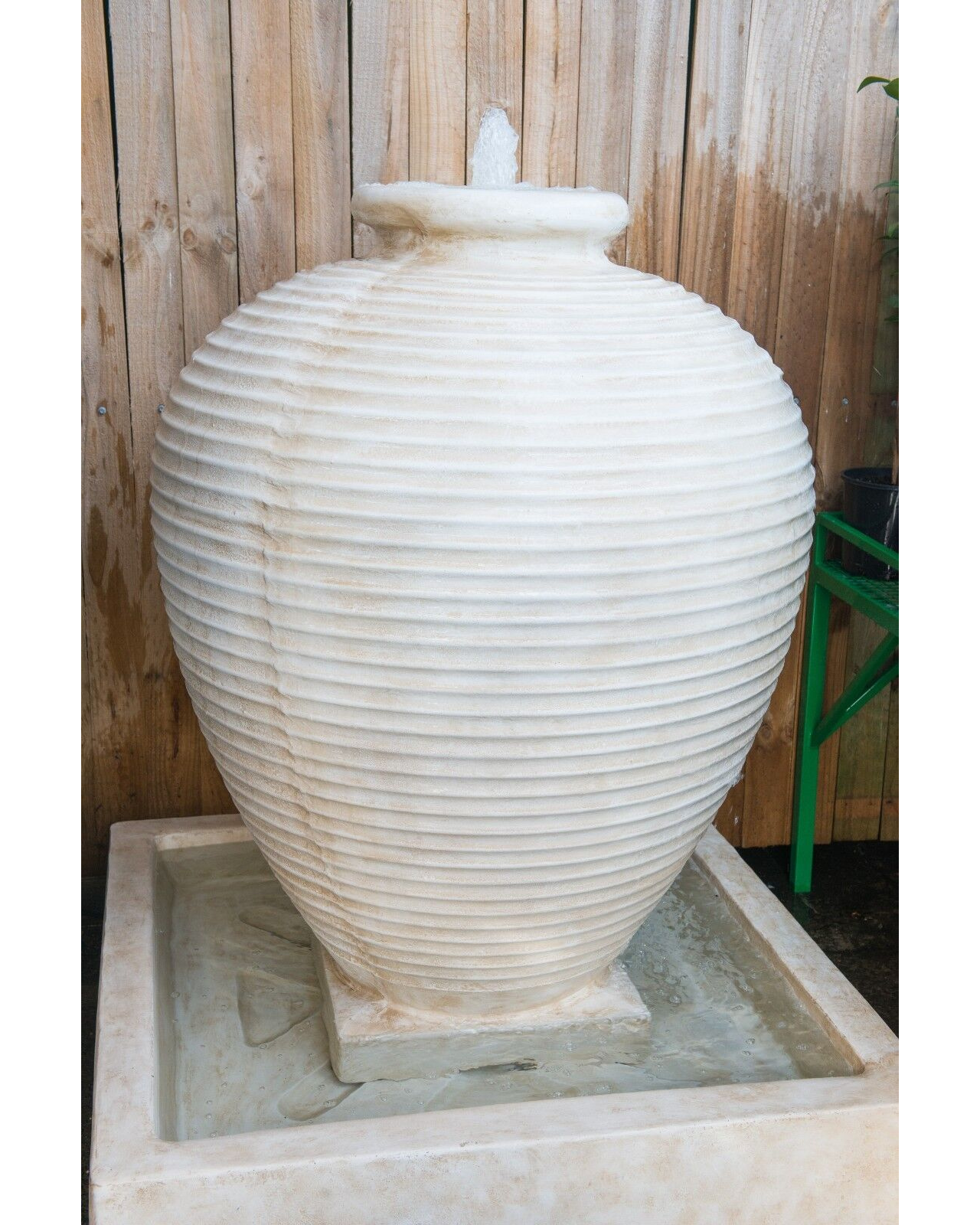



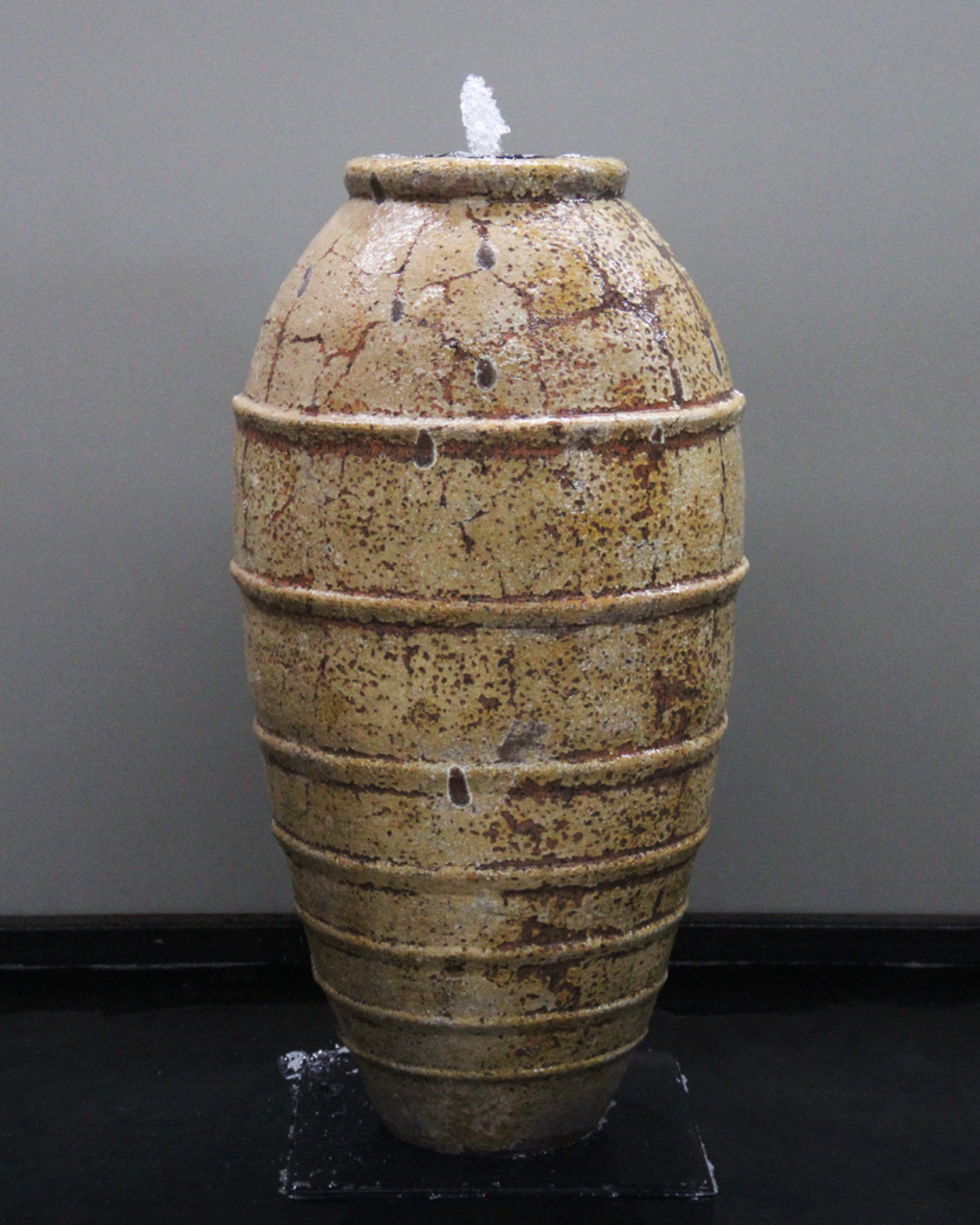
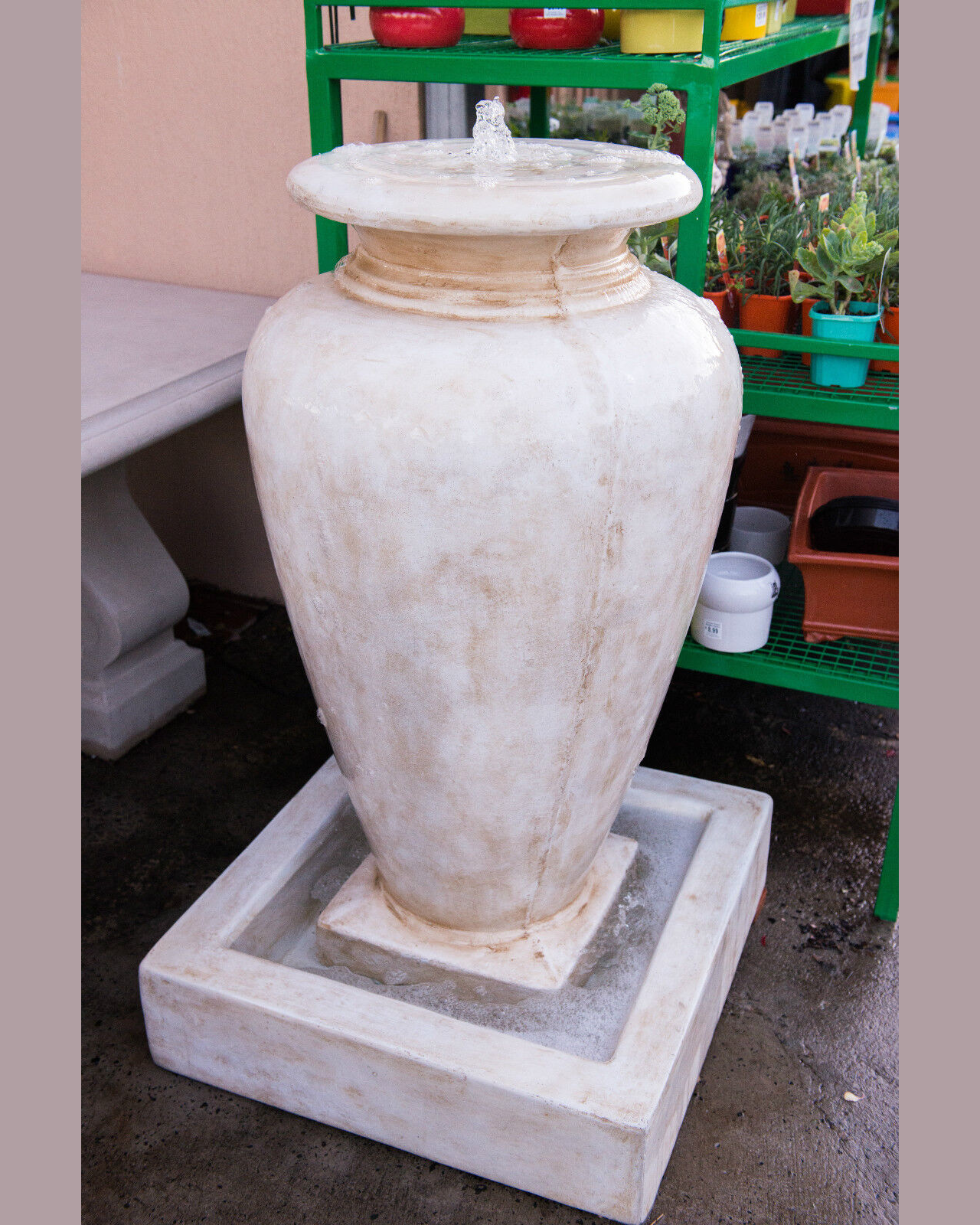



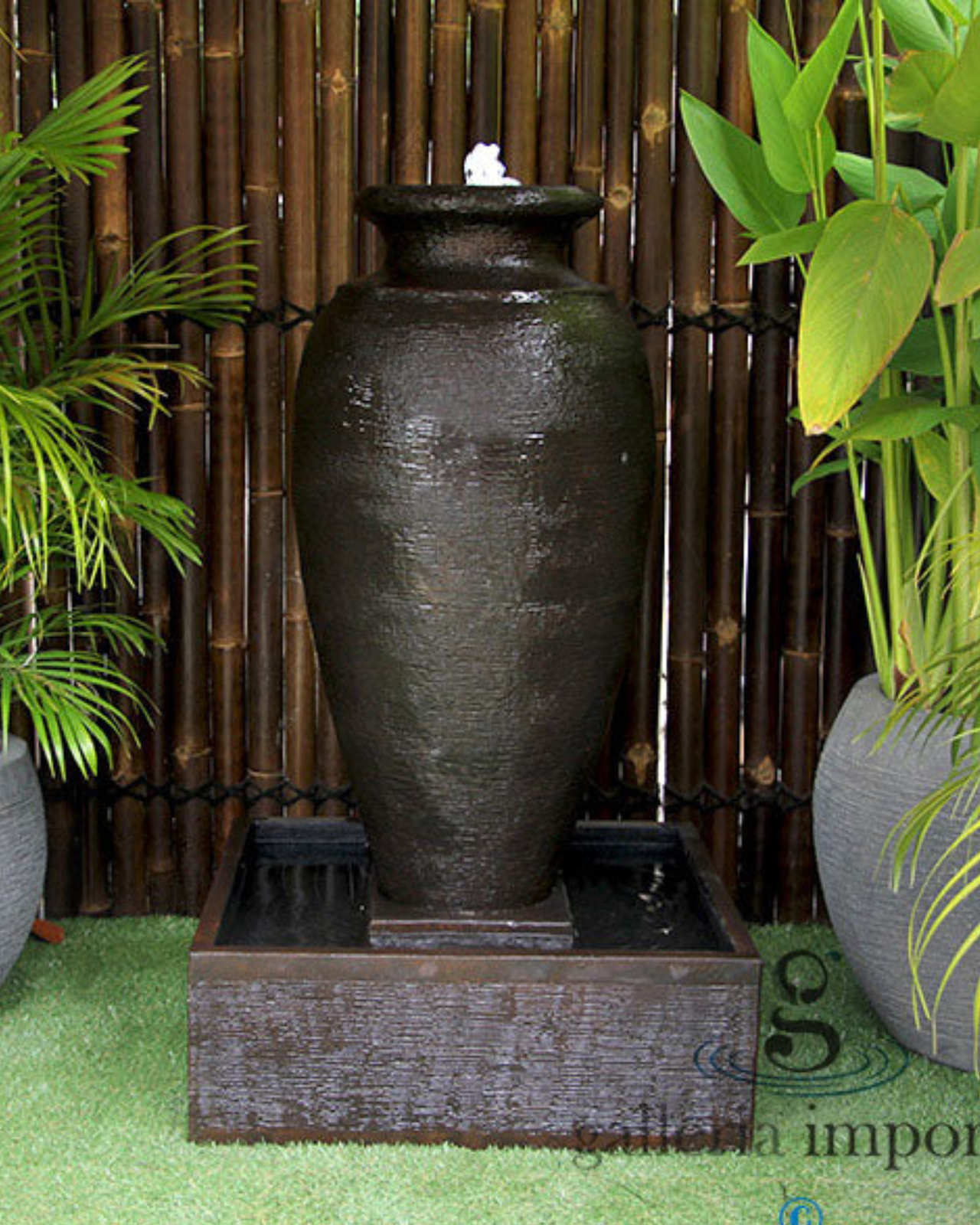

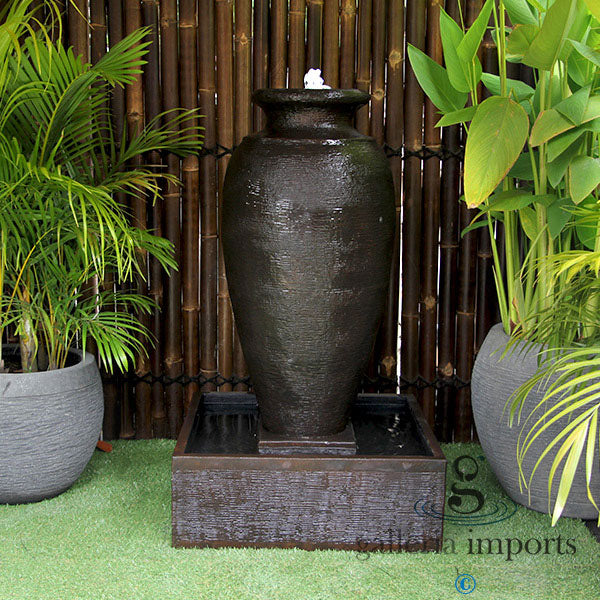
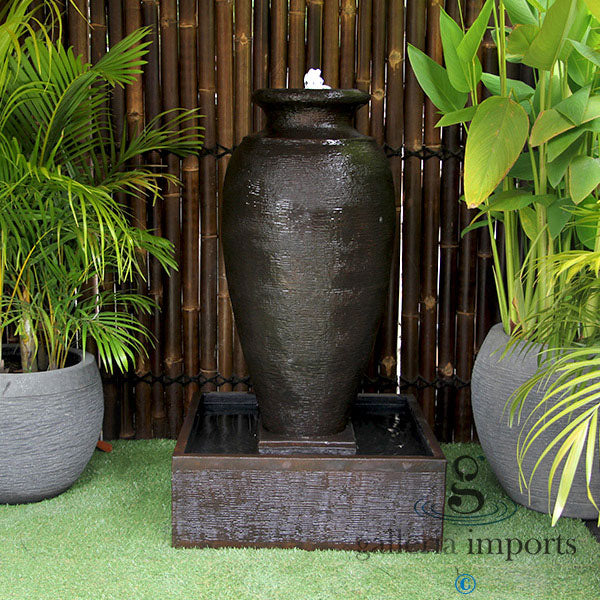
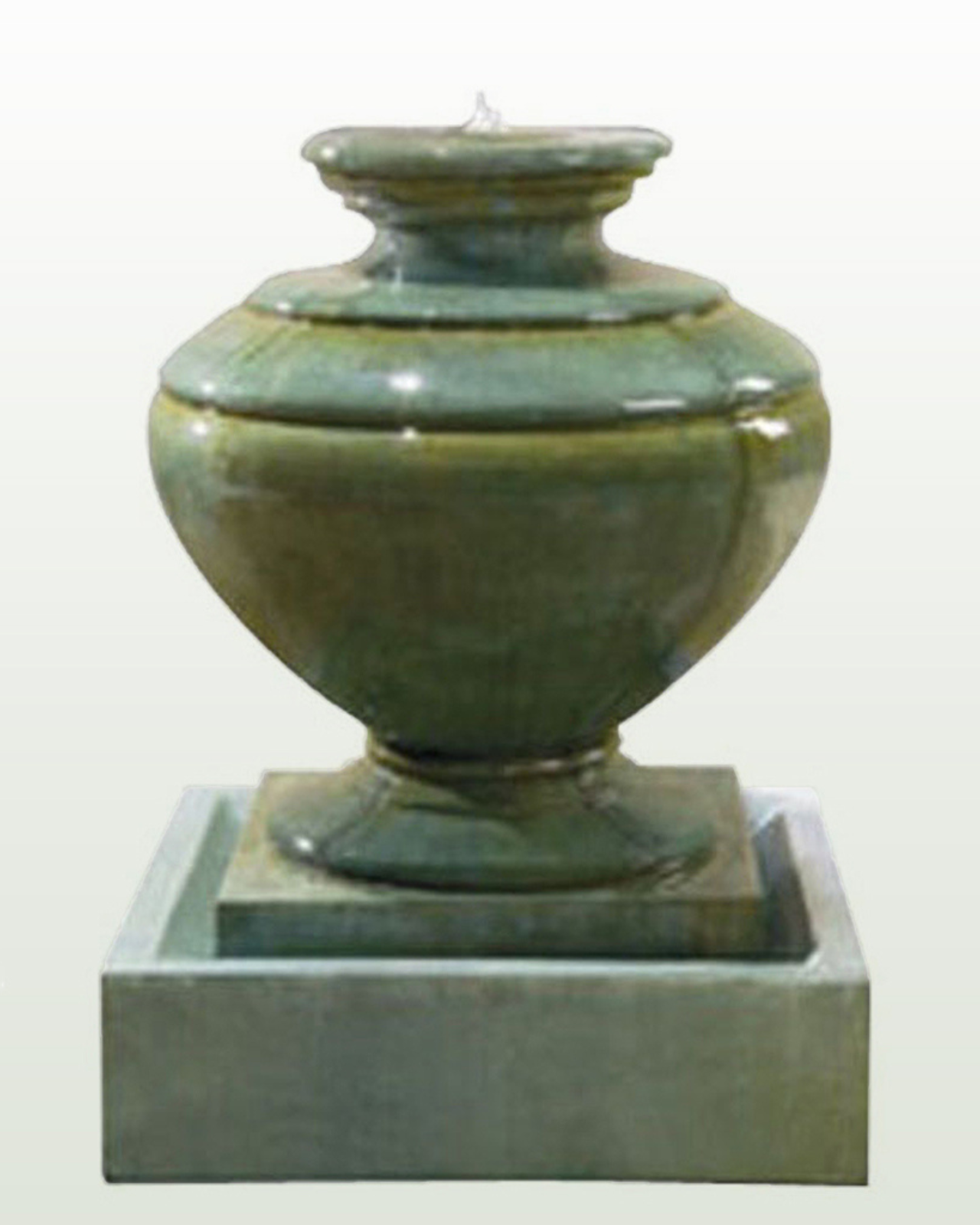
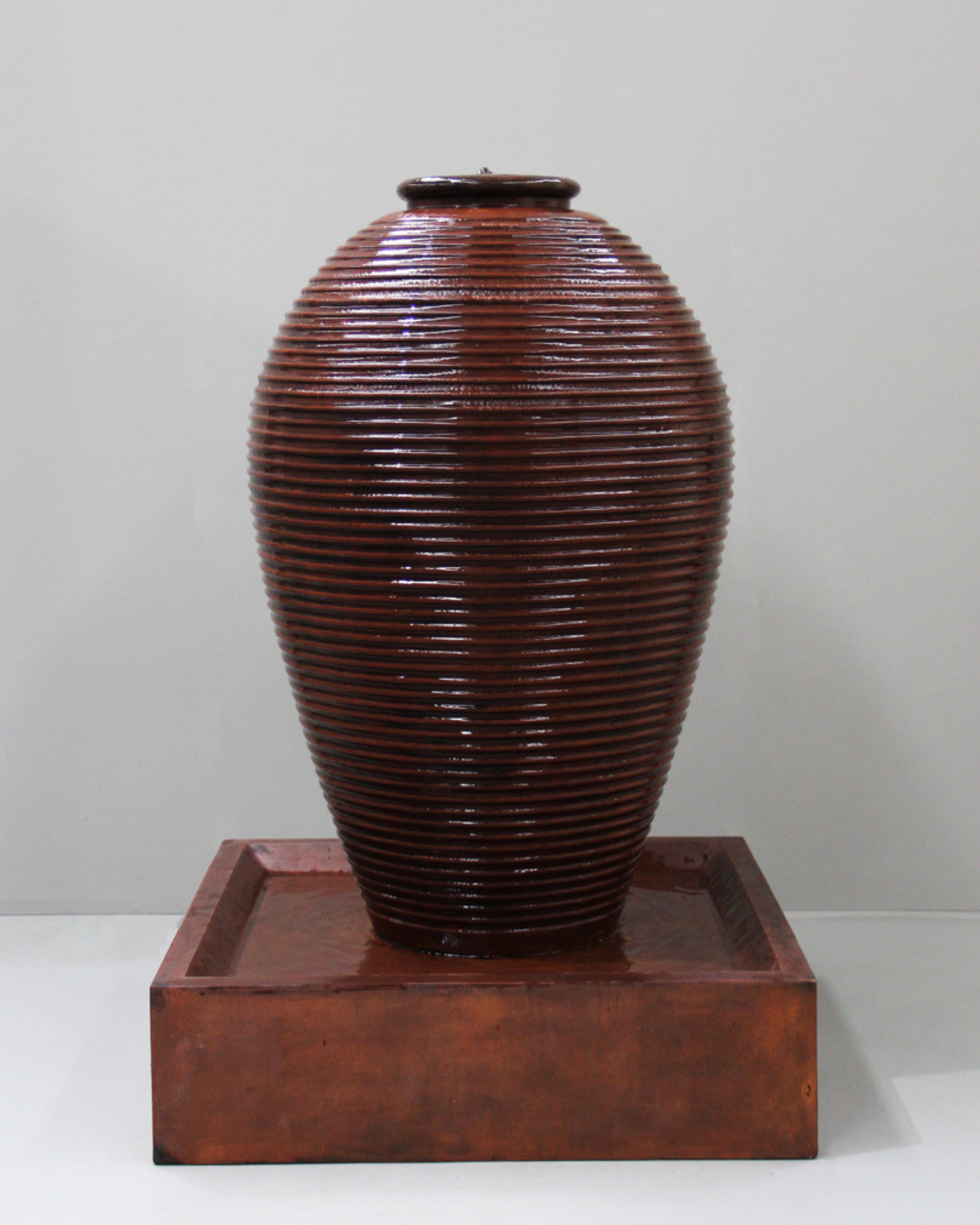
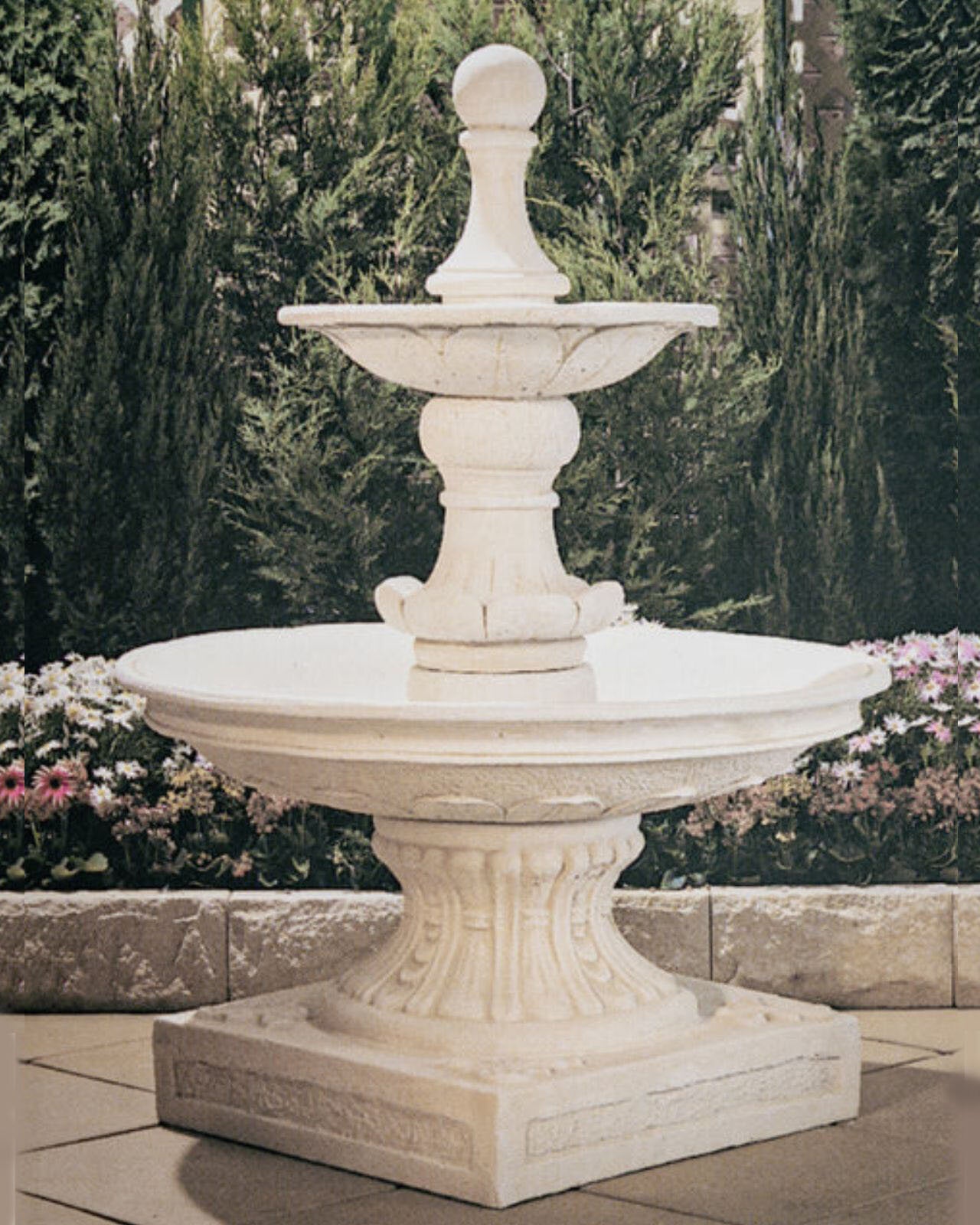
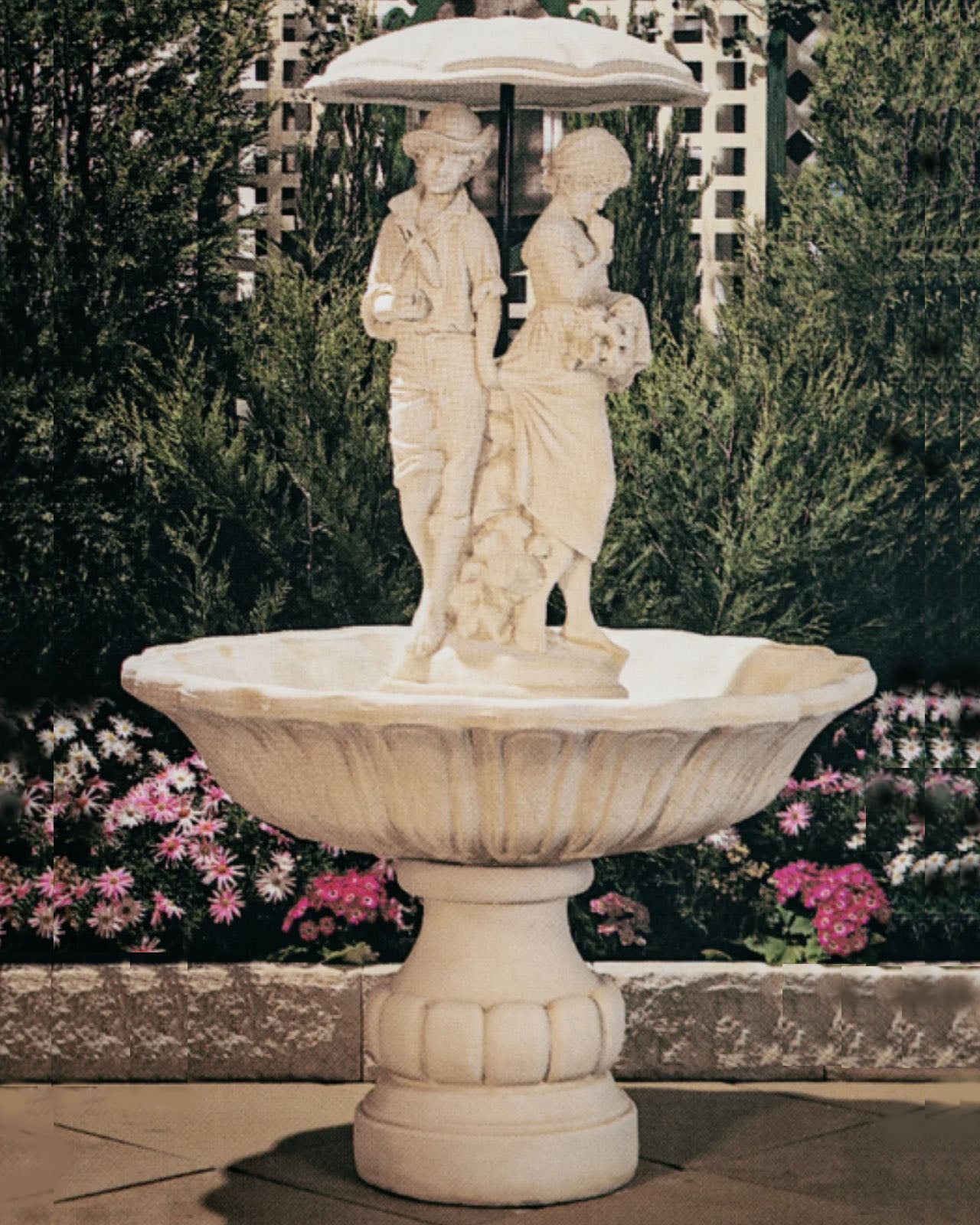
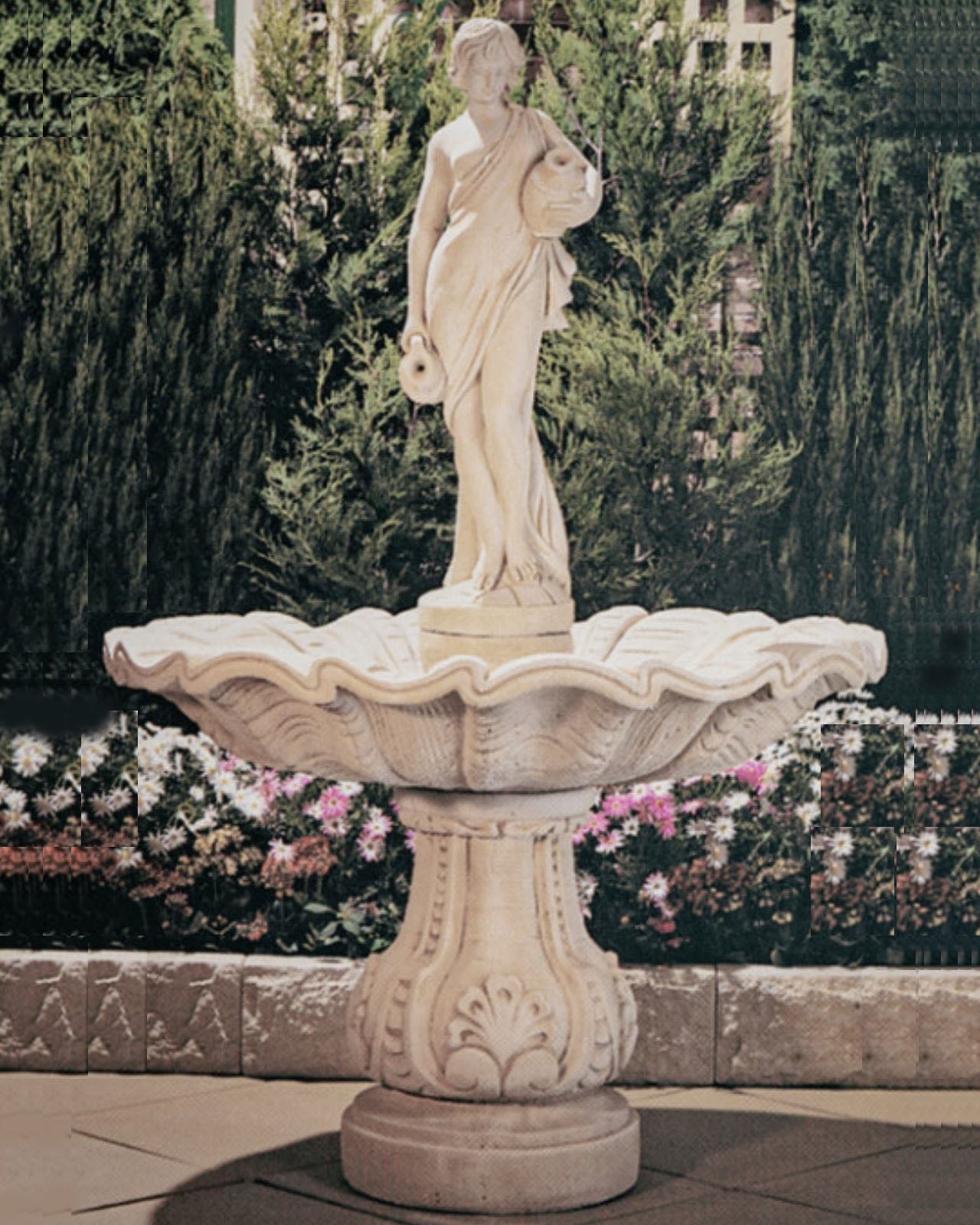
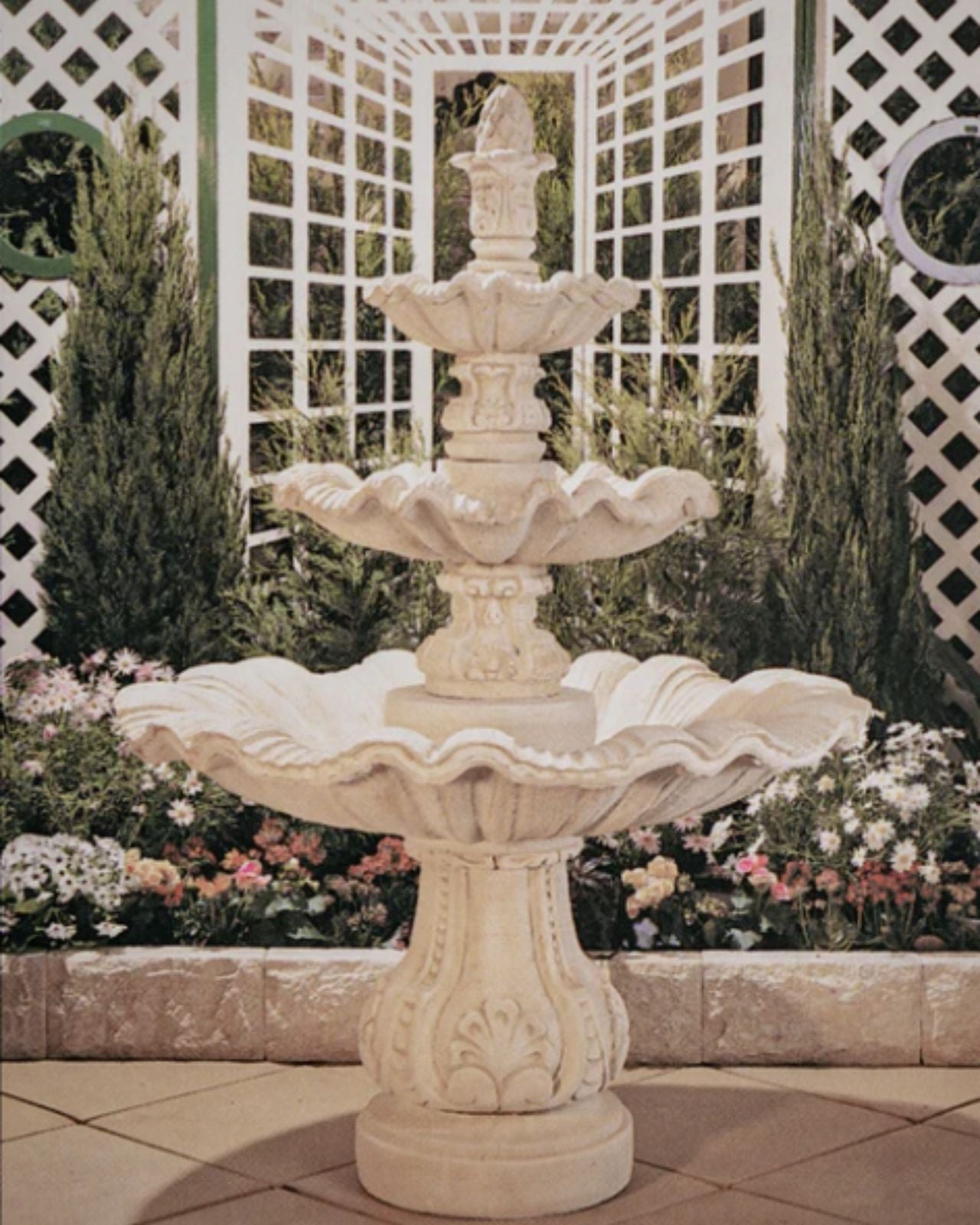
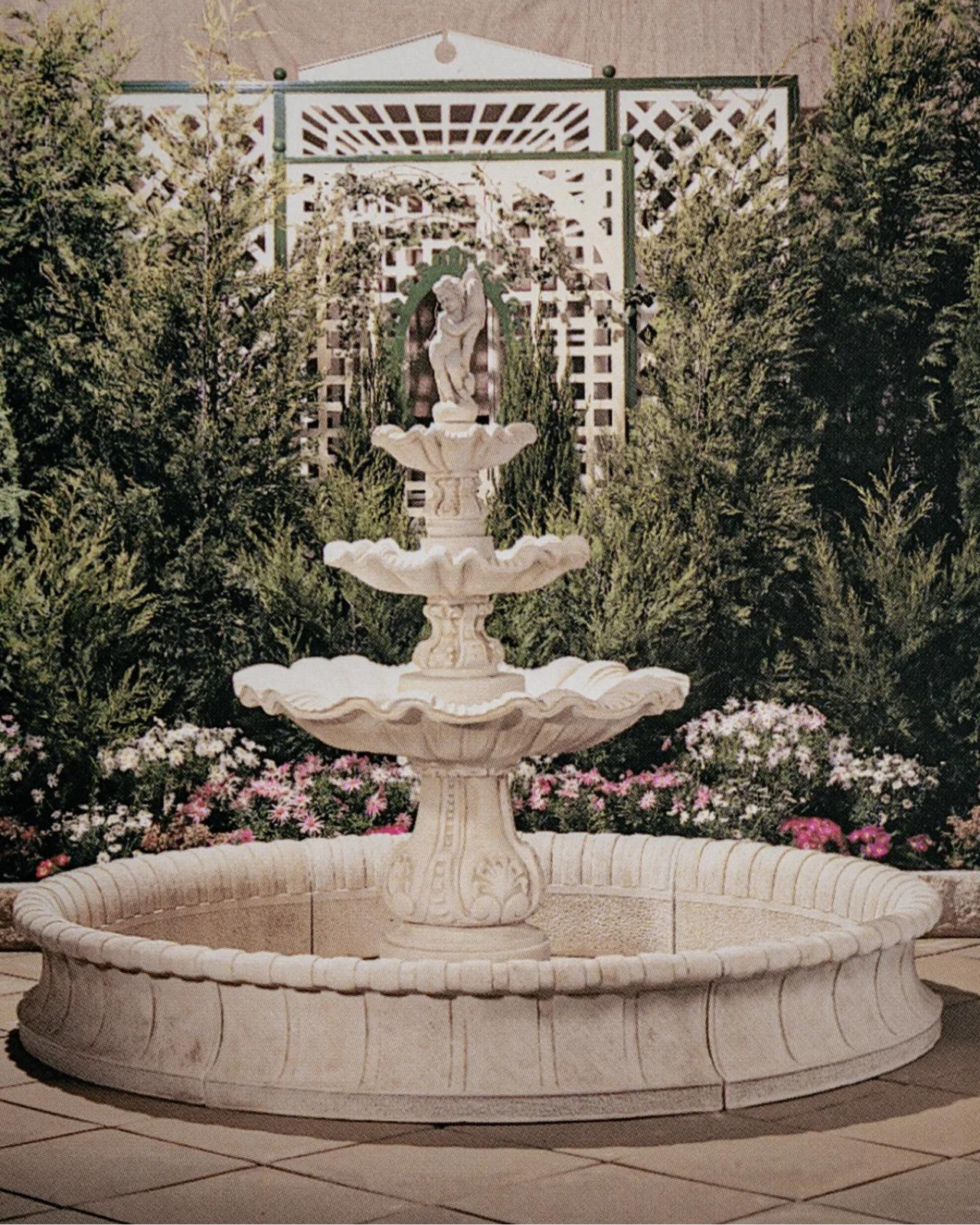
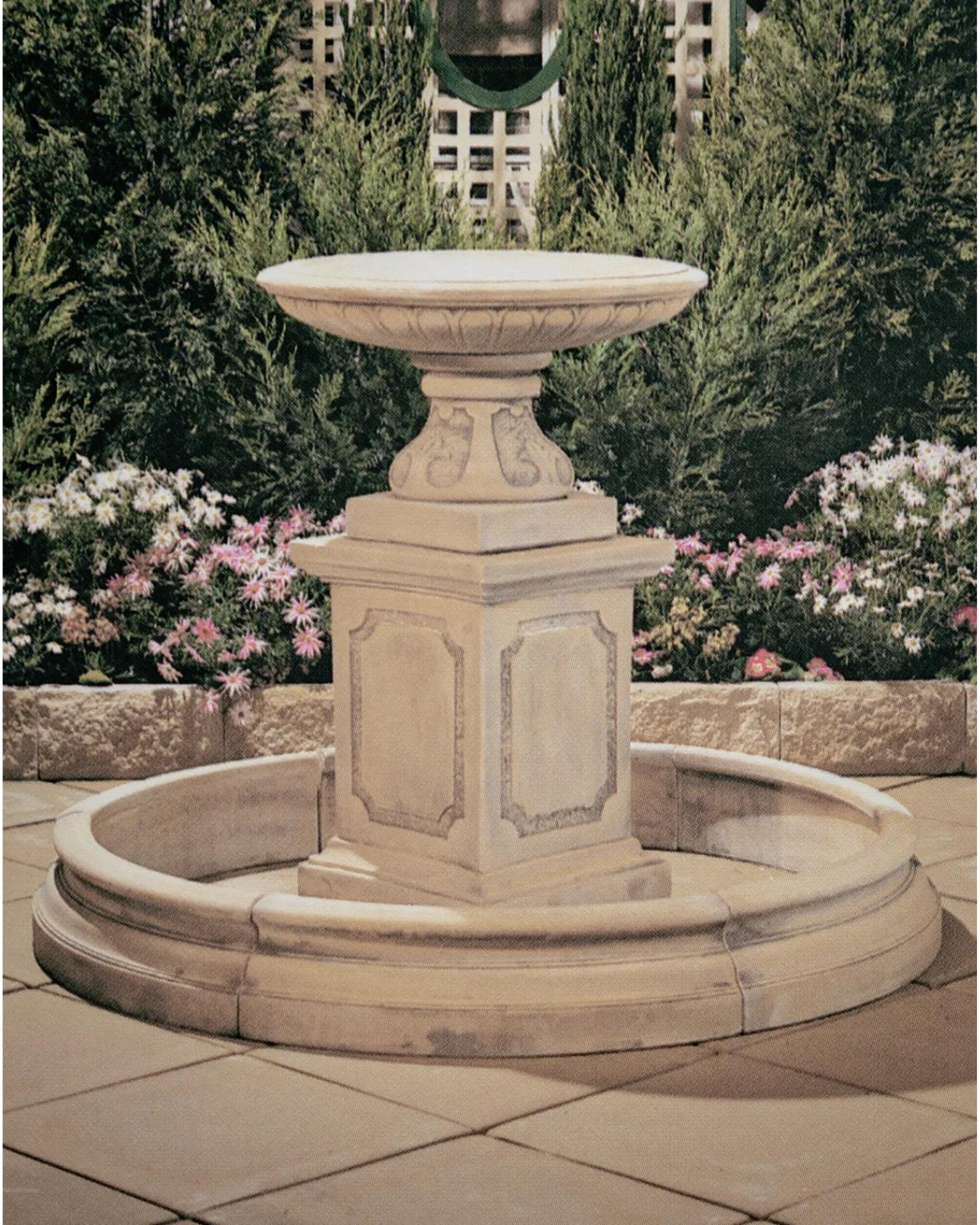
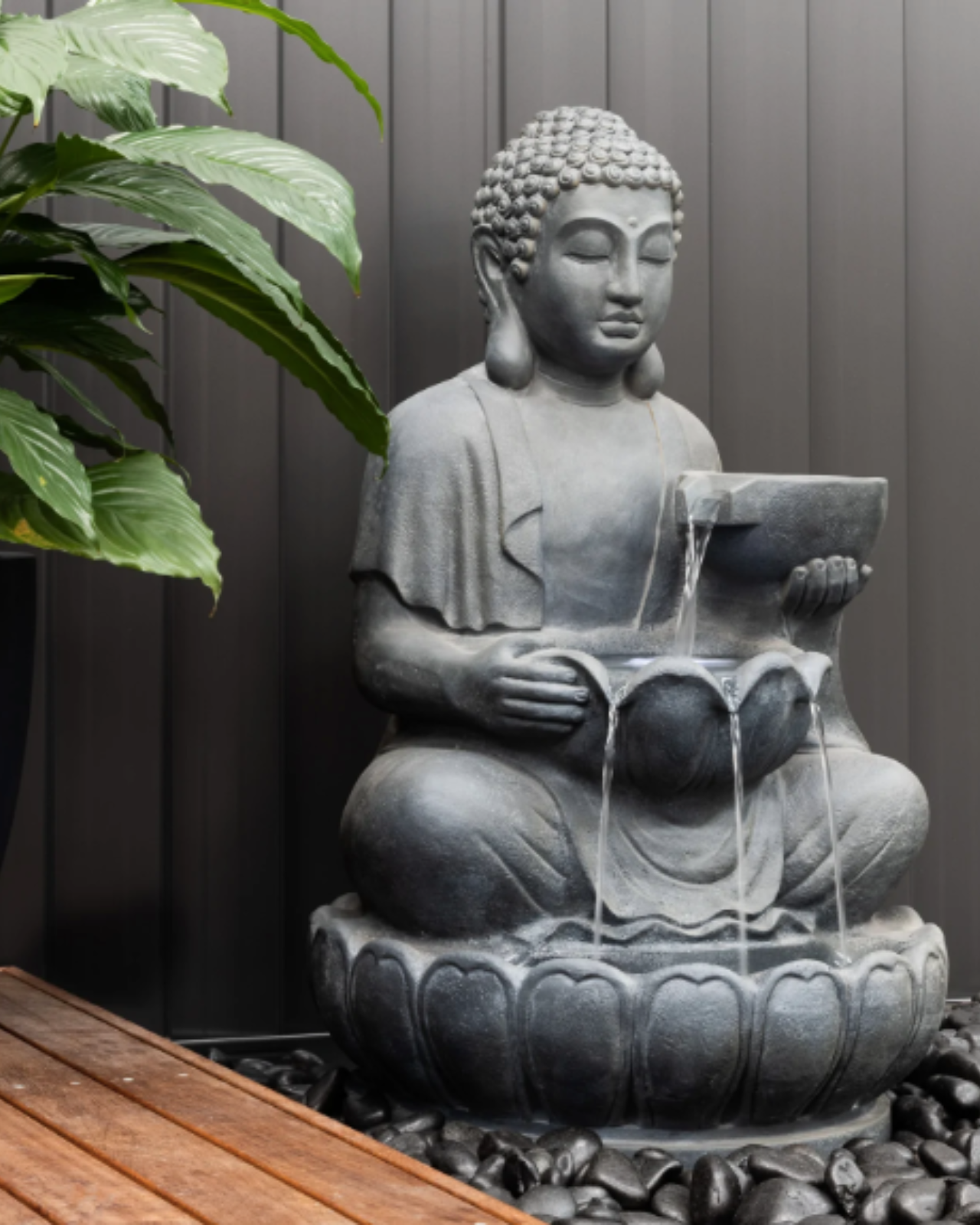

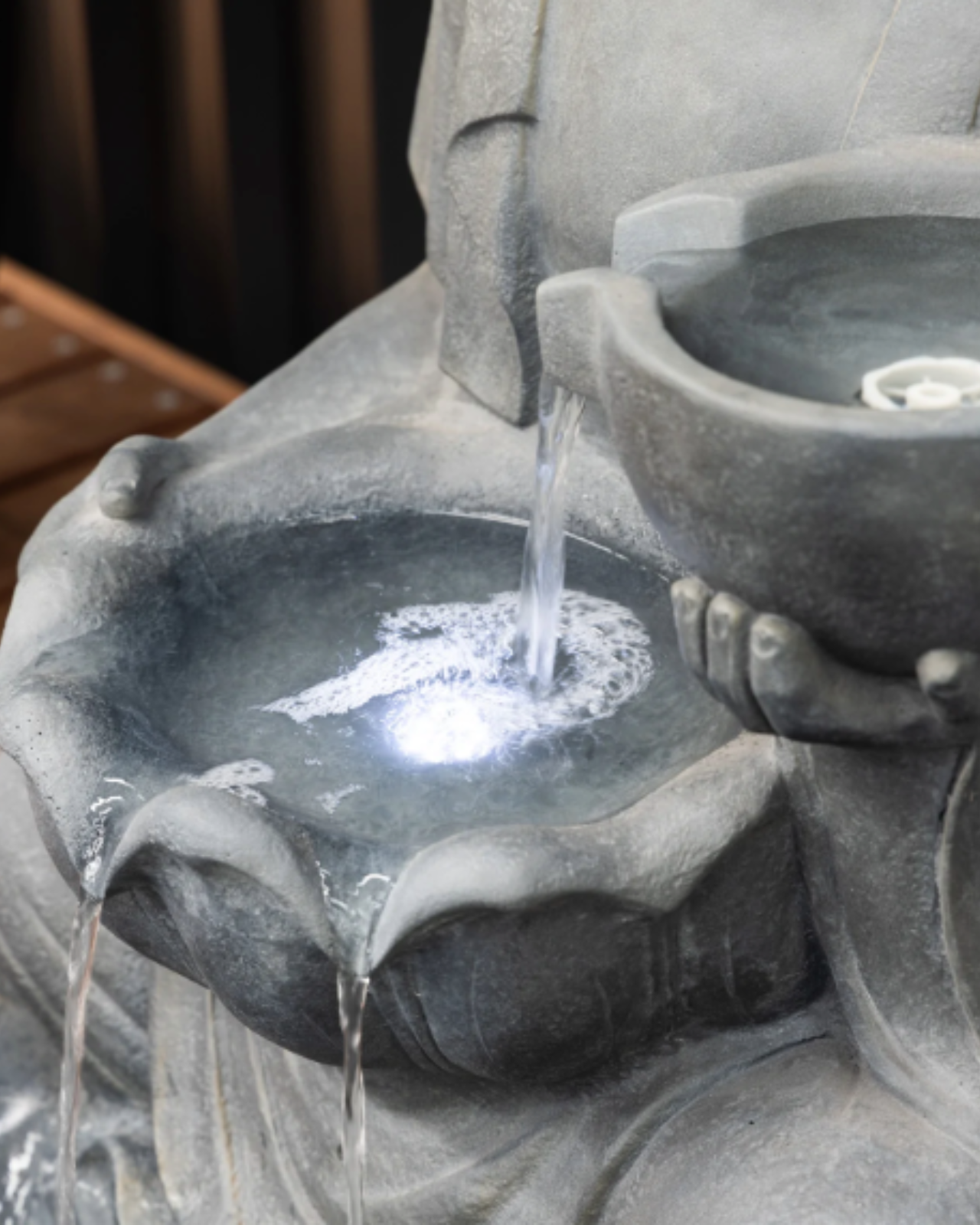
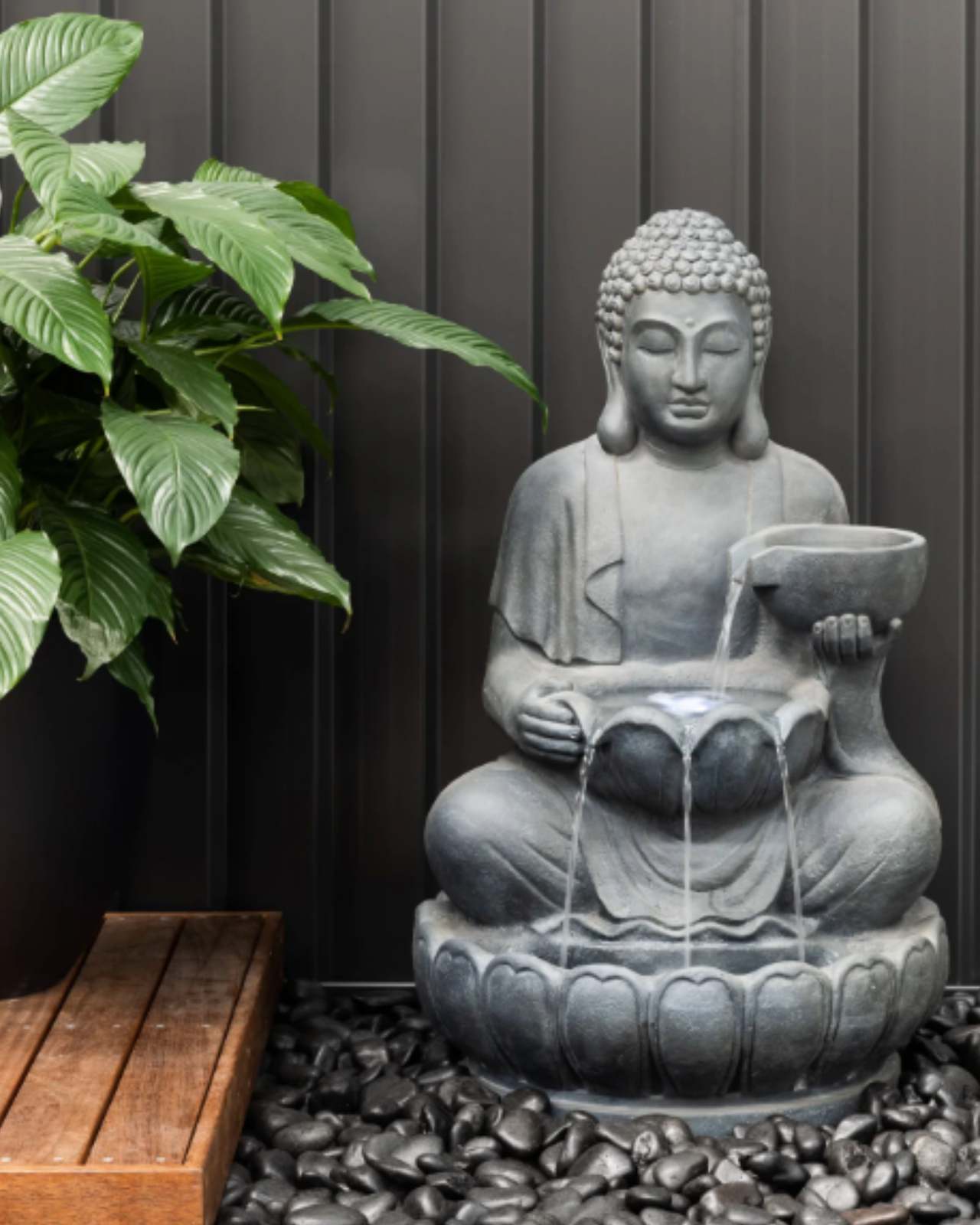
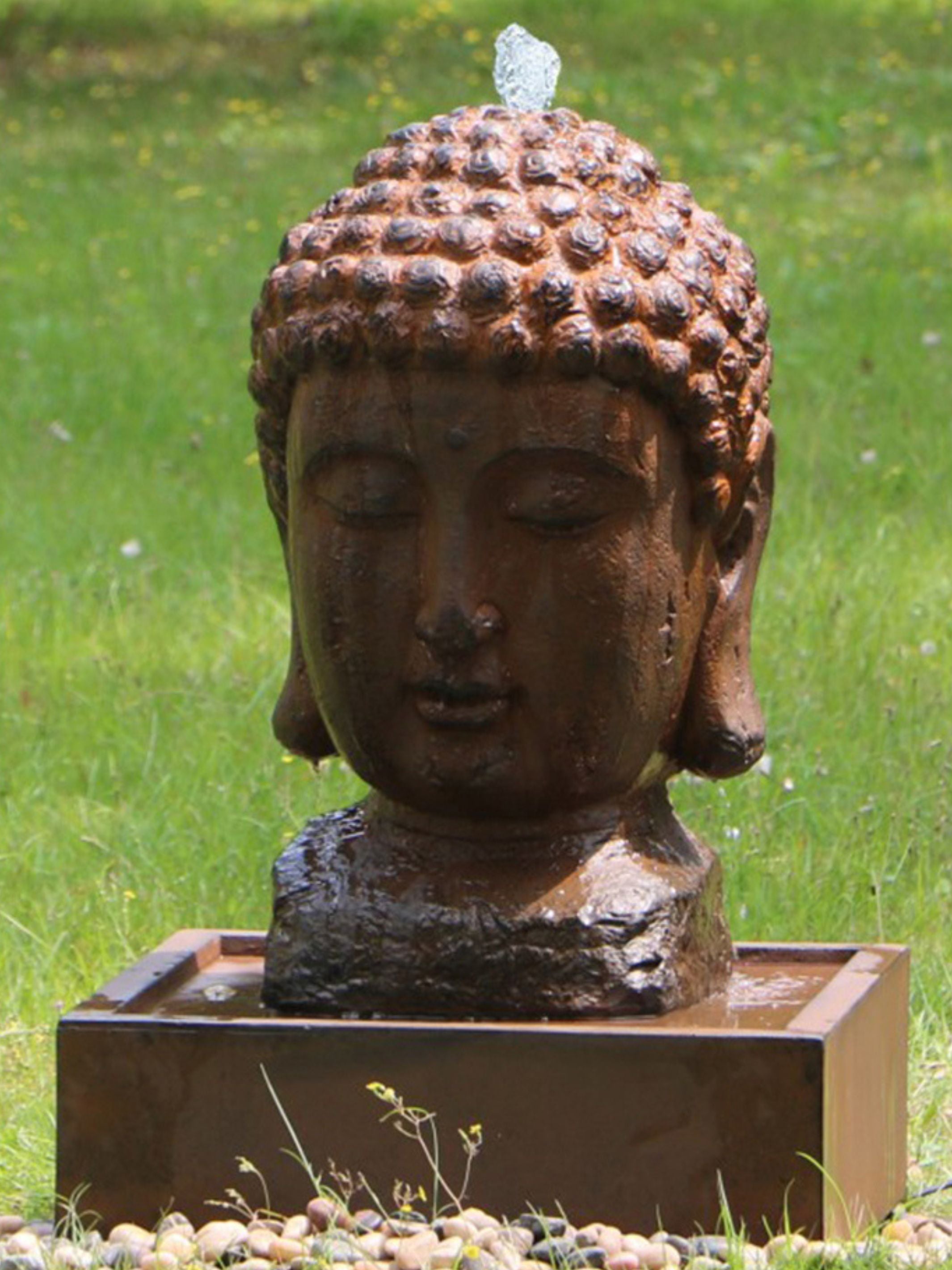
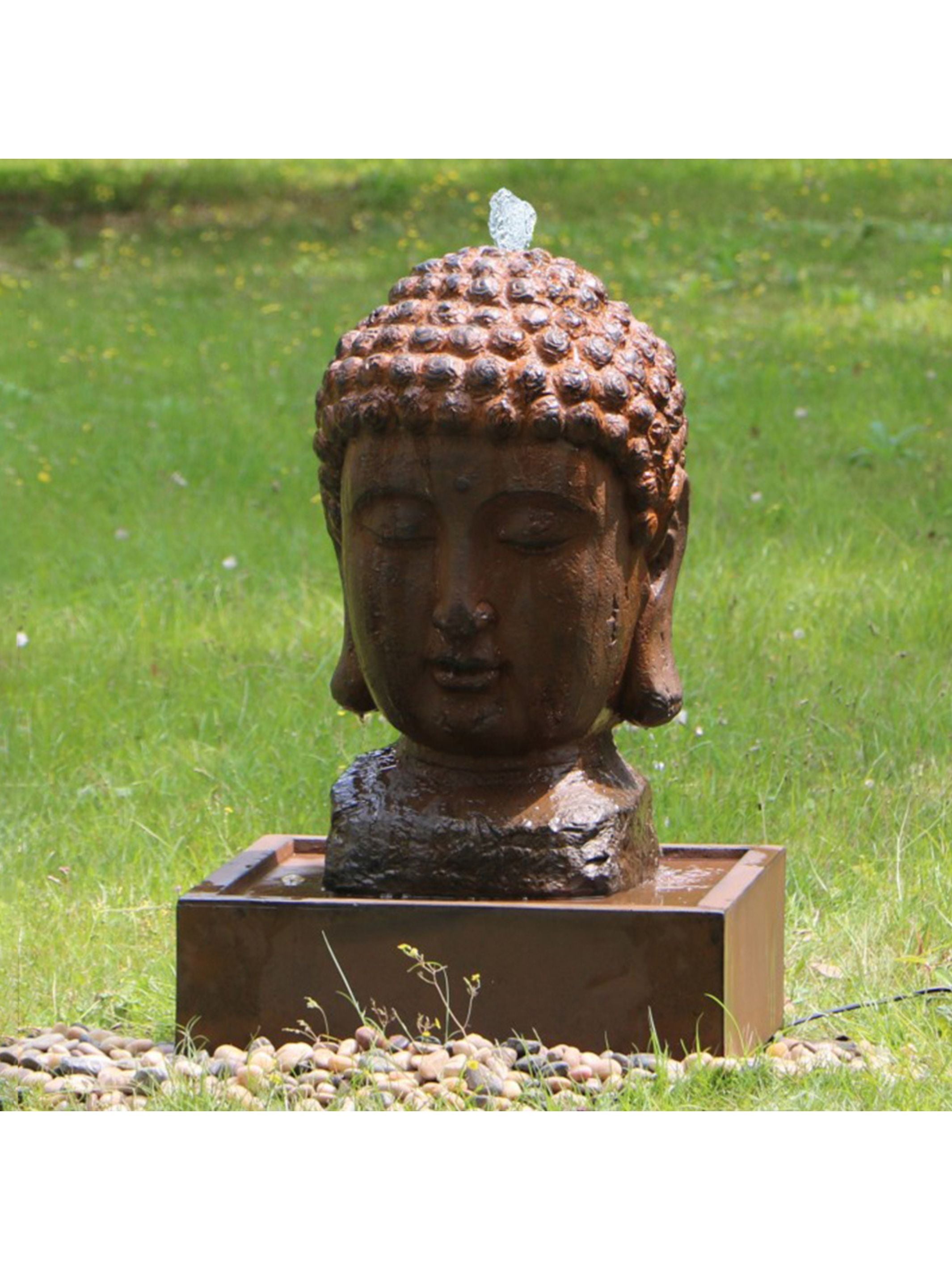
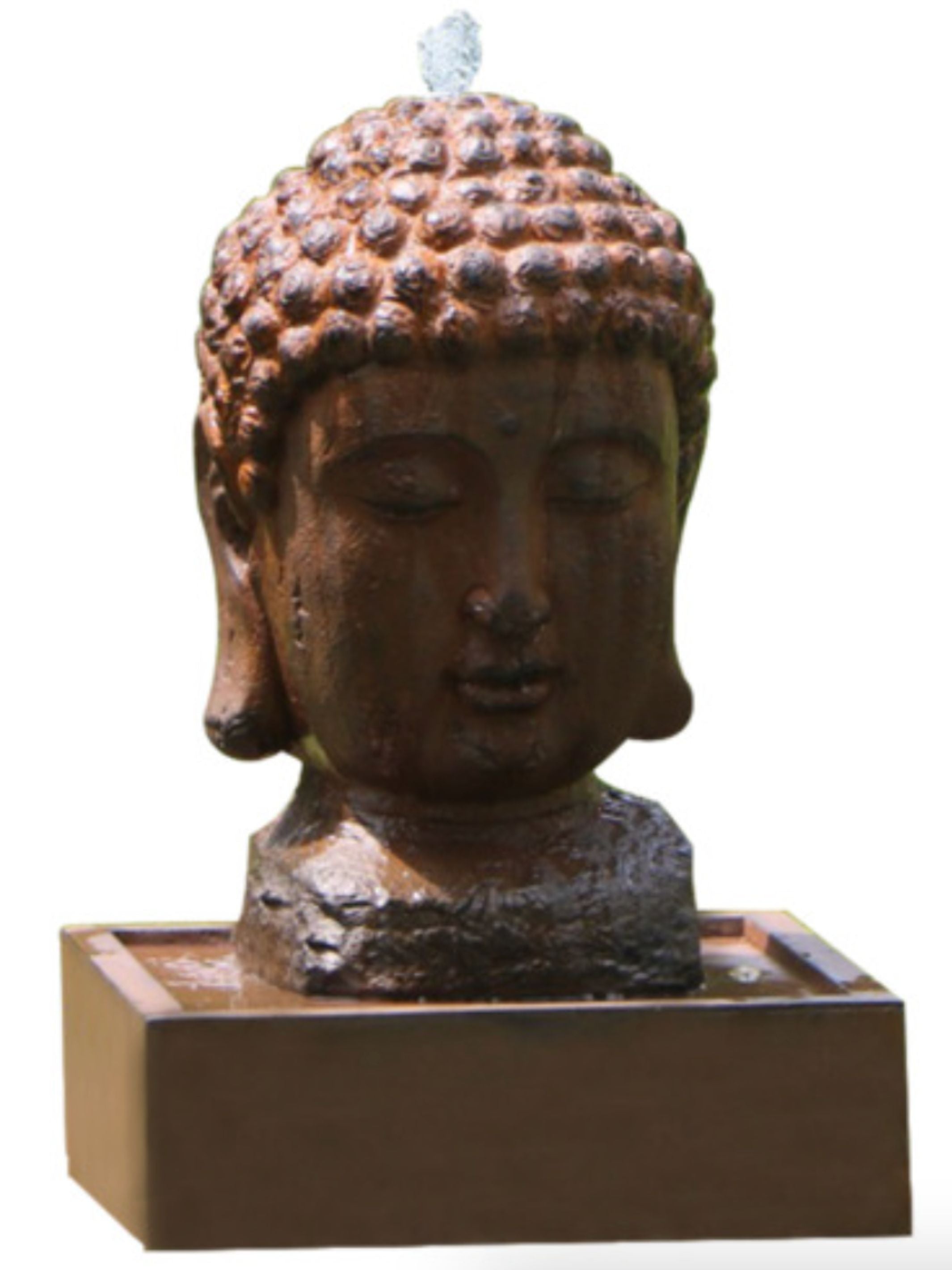
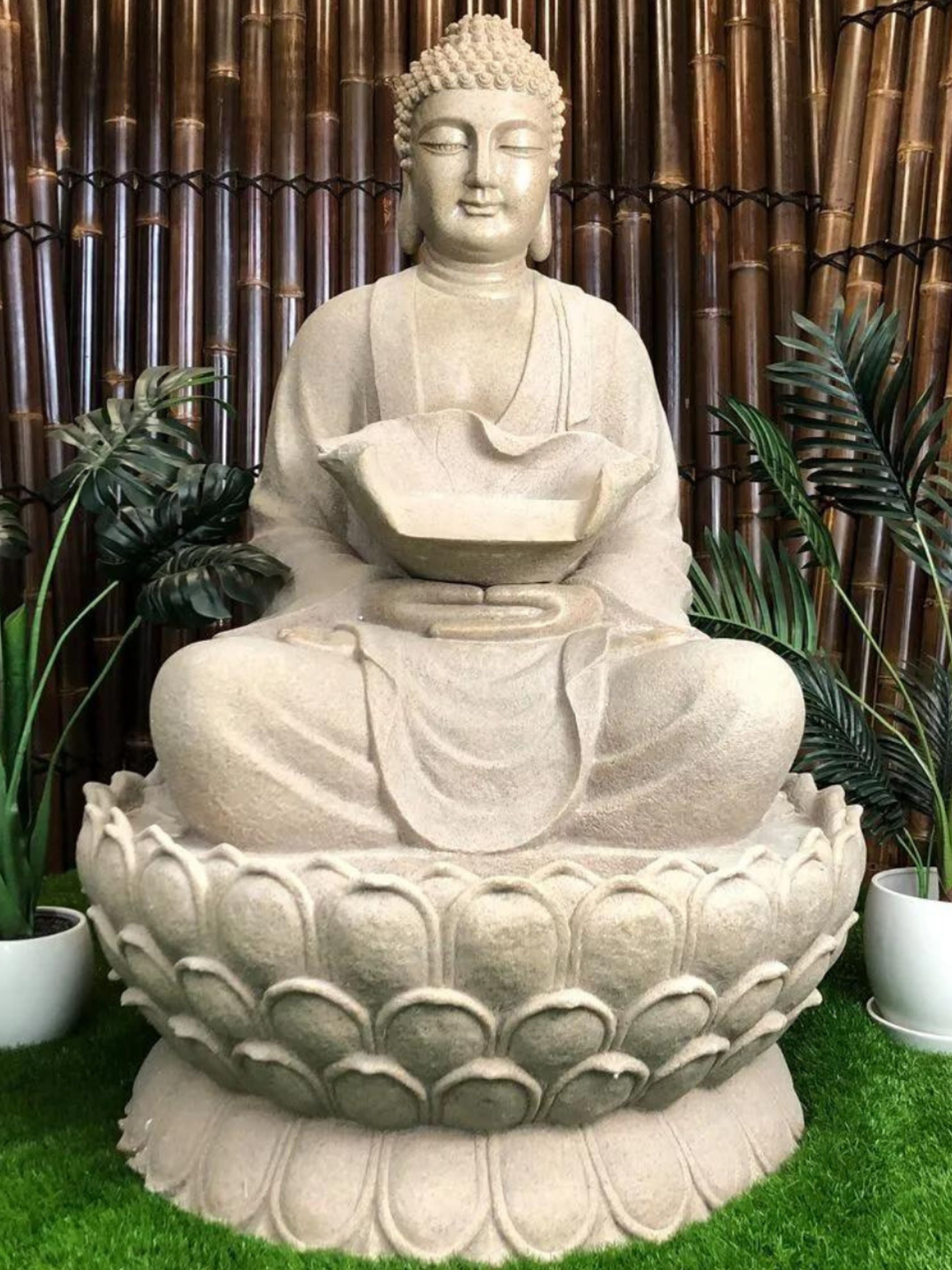



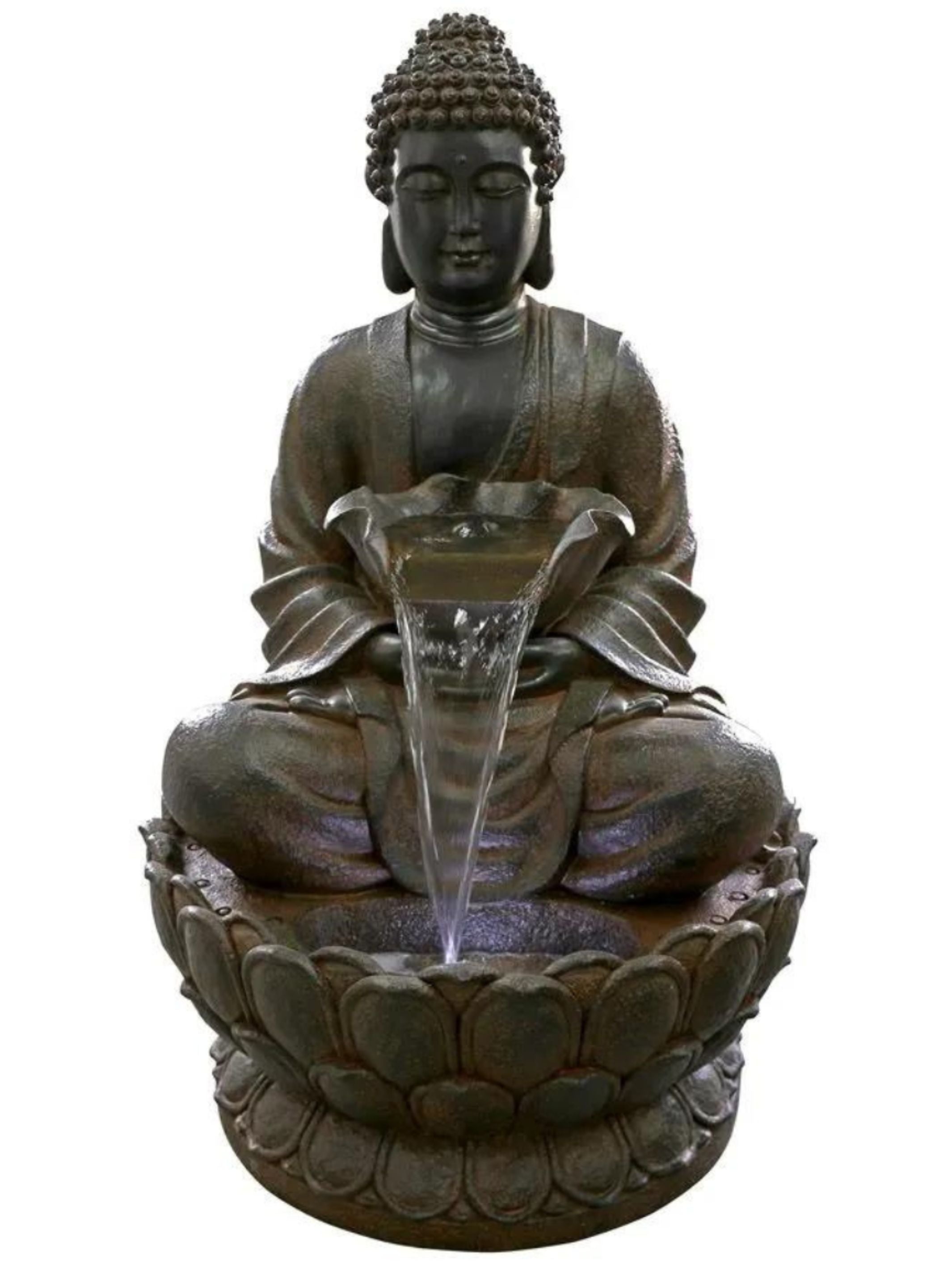







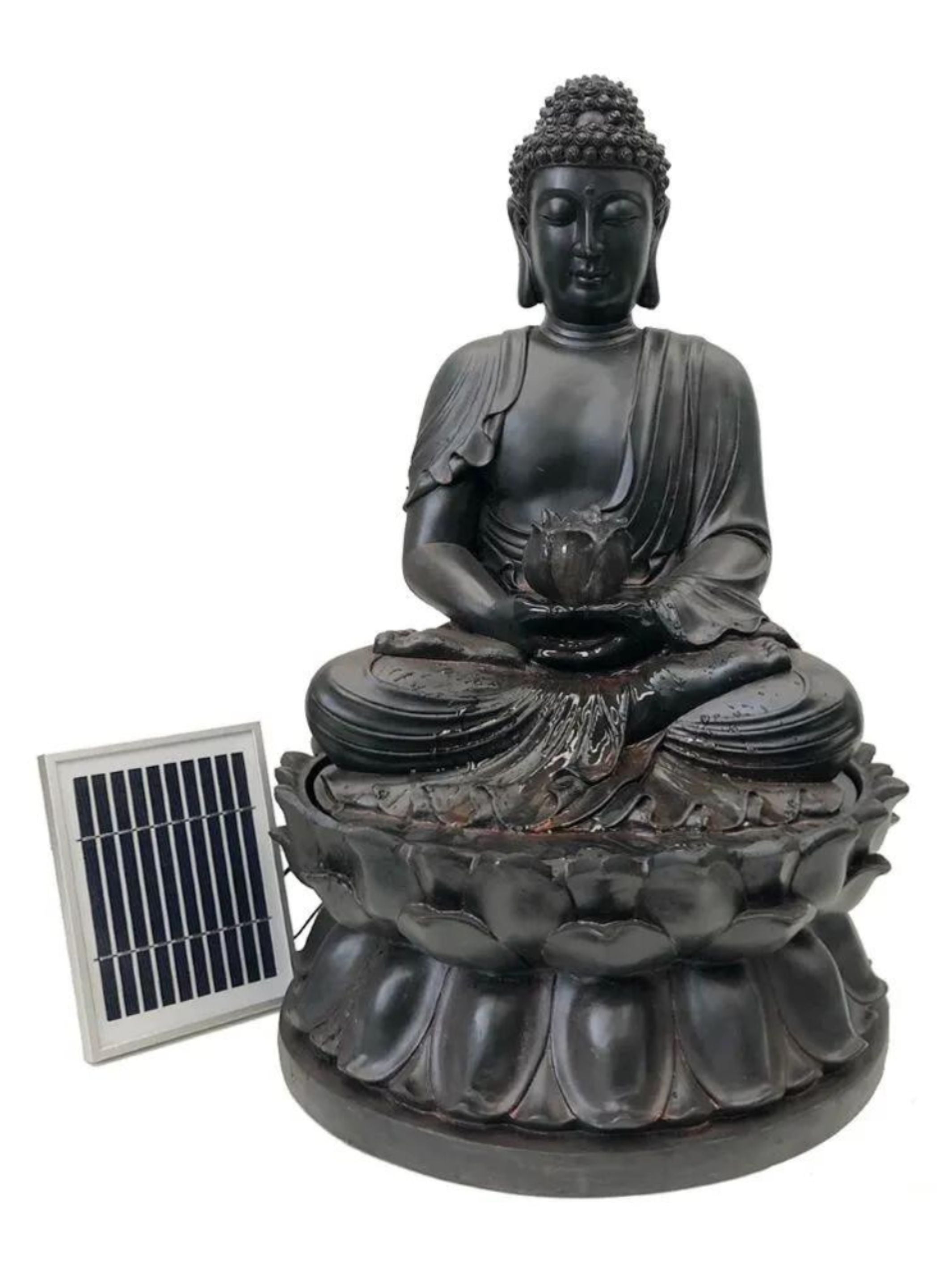







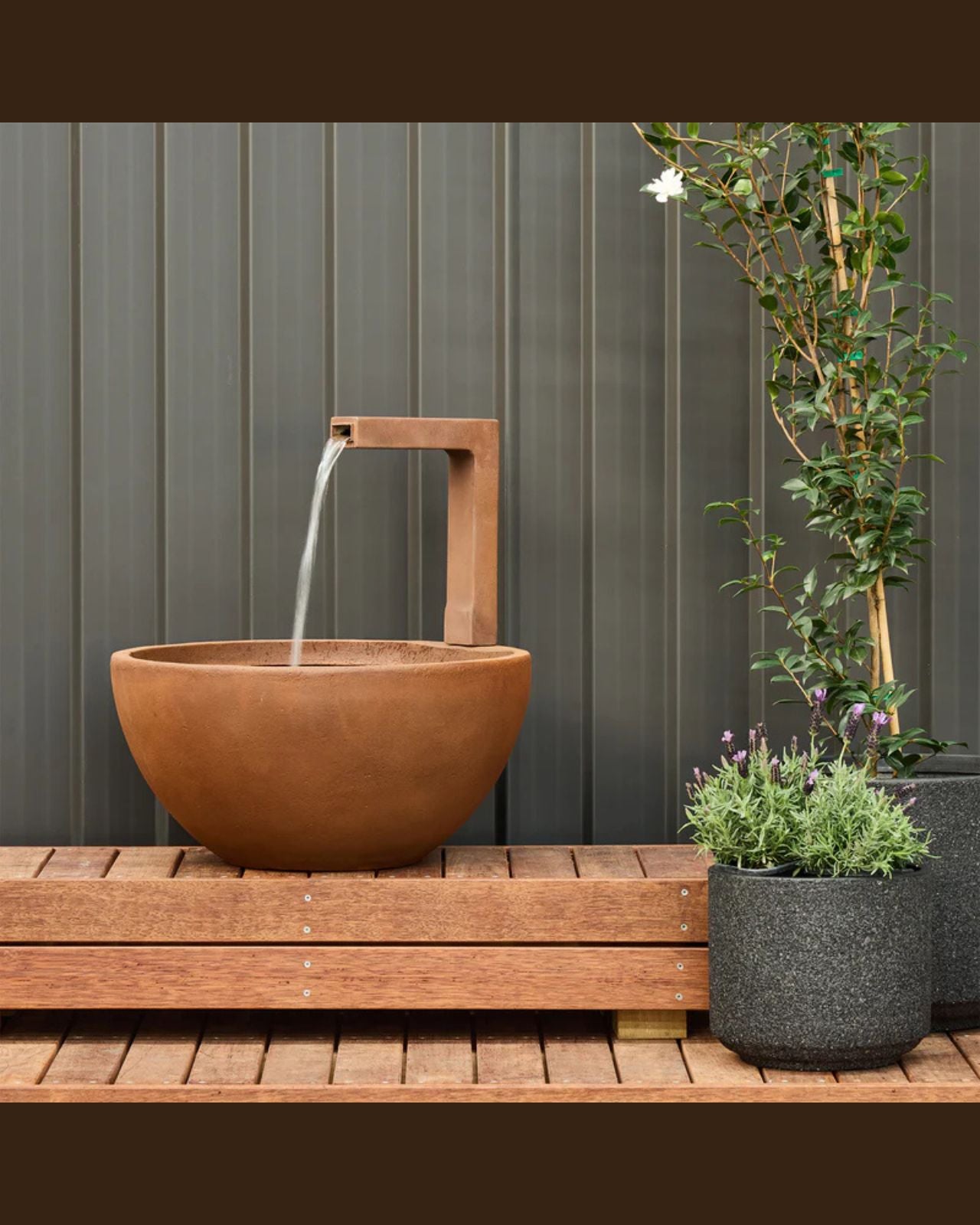



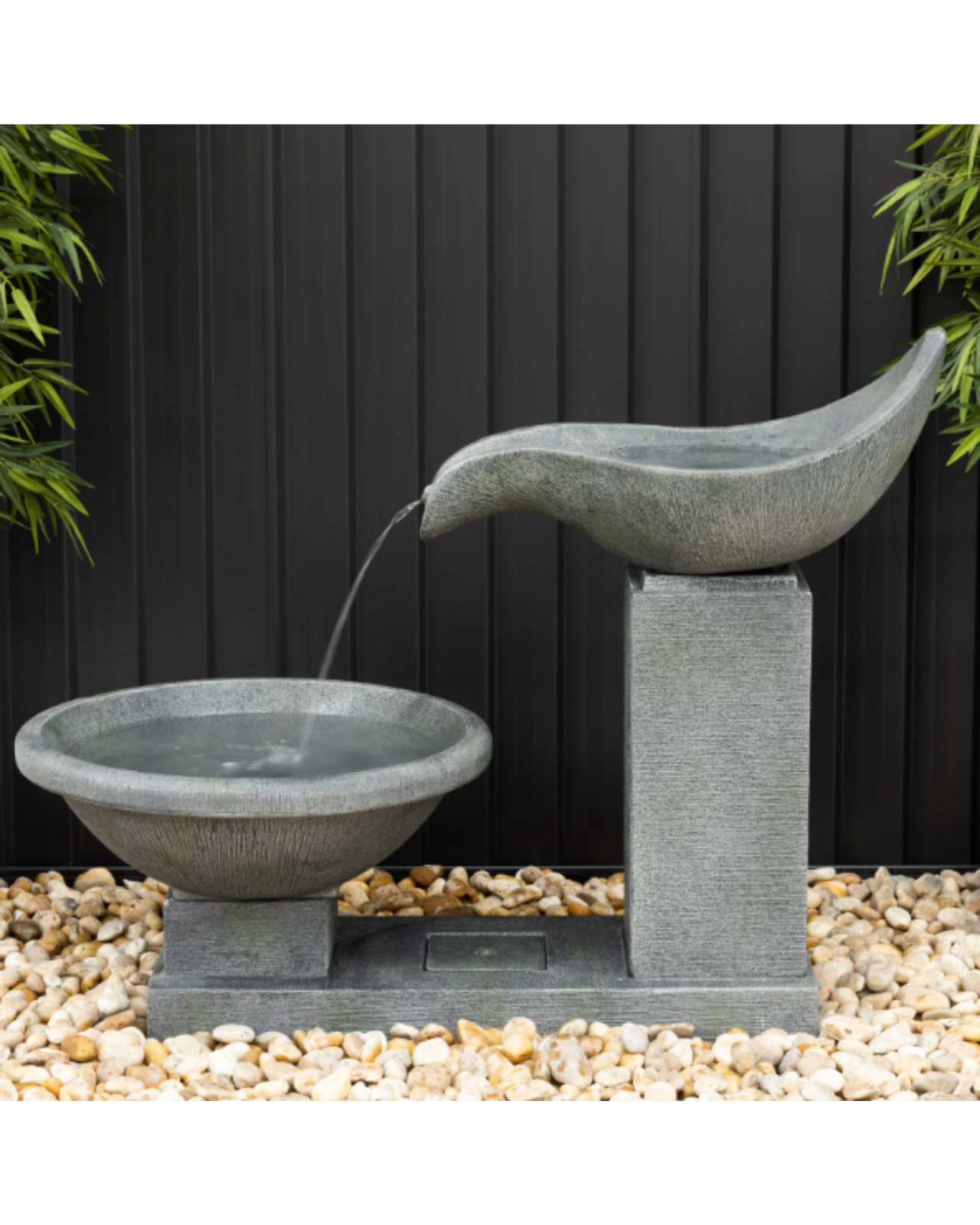

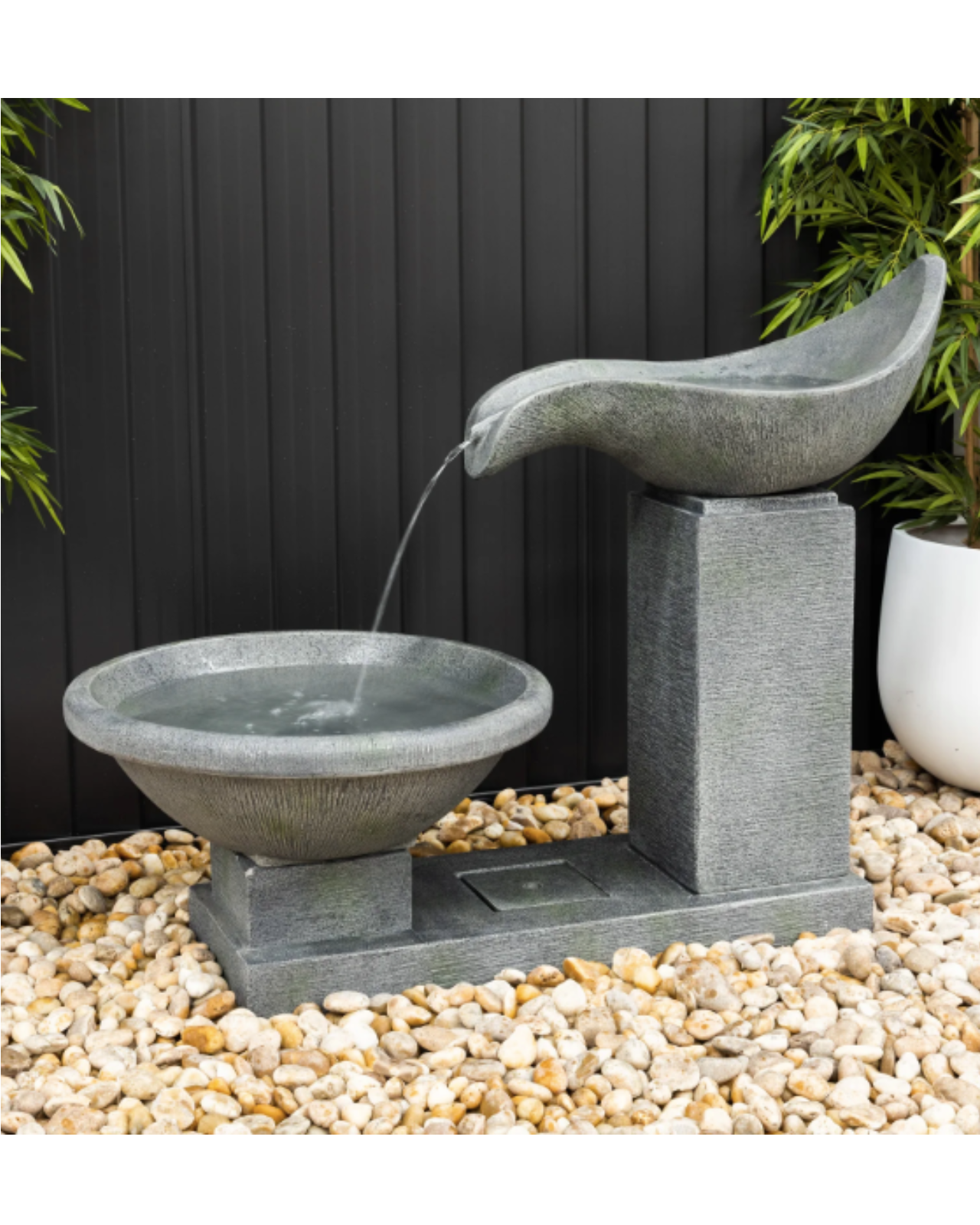
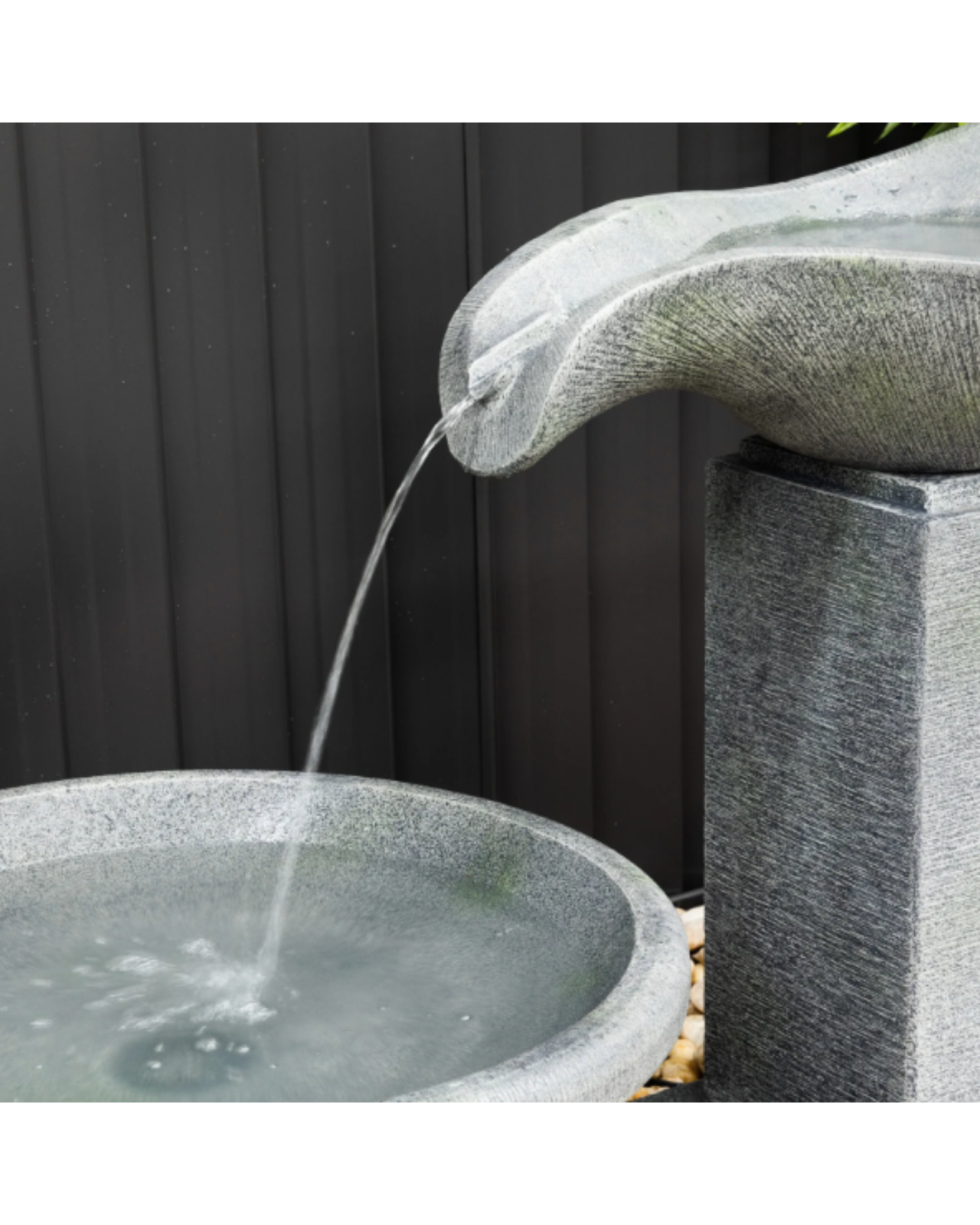




Share:
The Top 5 Benefits of Adding an Urn to Your Garden
A Buyer's Guide to Water Feature Urns: What to Know Before You Invest